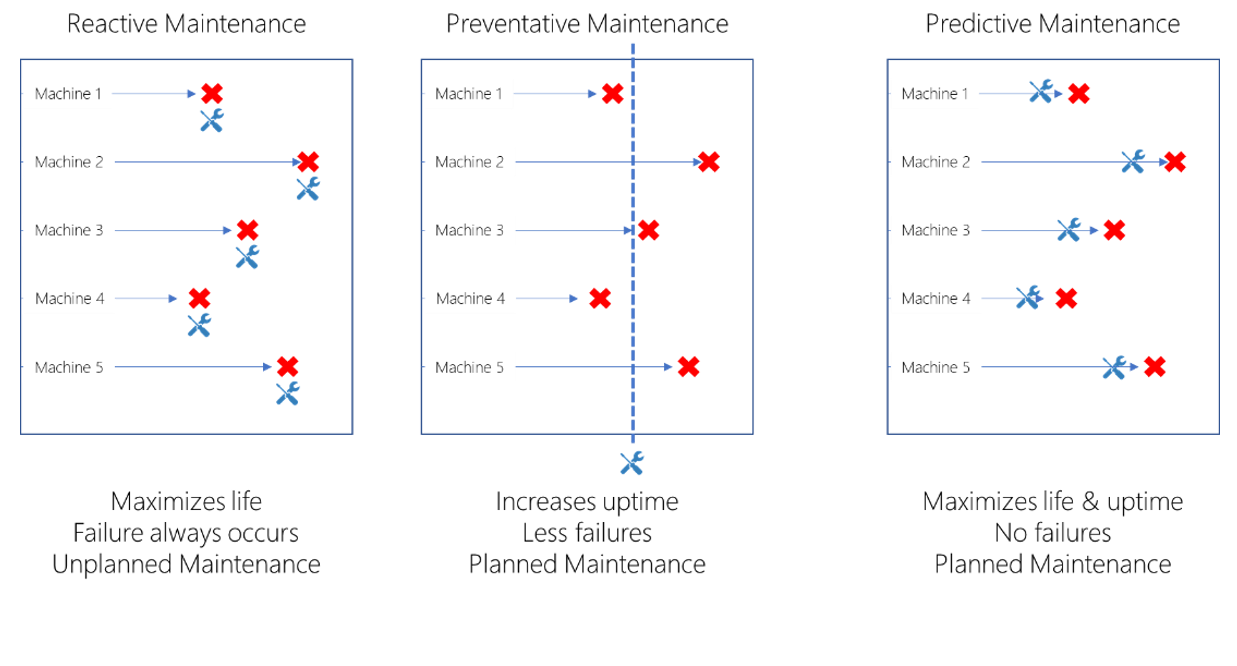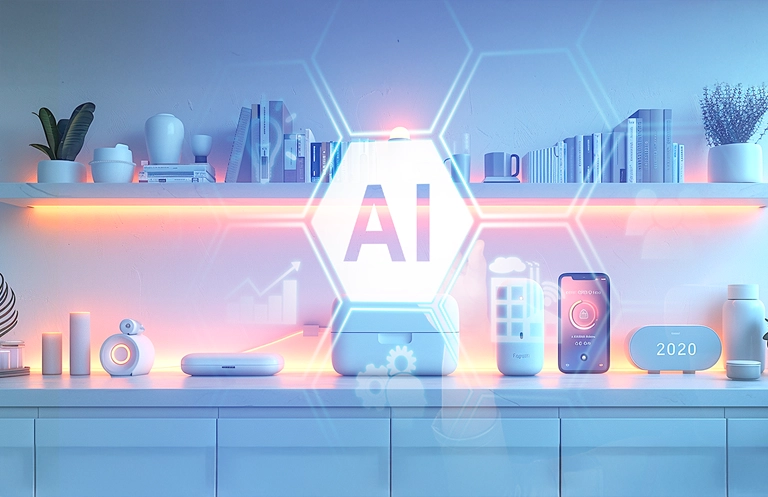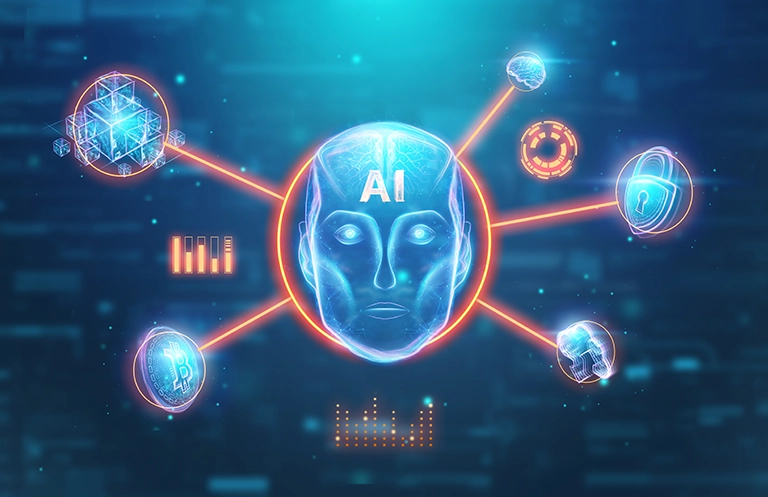The modern production line may look much the same as it did years before, but if you look closer, you see that a quiet revolution is underway: the manufacturing sector is going online. As there is a noteworthy drop in the prices of sensors in recent years, manufacturers – big and small – are now utilizing sensors to collect data at every stage of the manufacturing process.
Looking at the massive amount of data that each assembly line collects, humans cannot possibly analyze all of it and therefore artificial intelligence is required to make sense out of all this data. Machine learning techniques can recognize data patterns from the structured as well as unstructured data sets, which would be too complex for humans to identify.
“Smart factories have the potential to generate as much as $3.7 trillion in value per year in 2025,” according to a McKinsey Global Report.
With an AI-enabled smart factory, production can function at an exceptional speed while reducing costs and enhancing customer experience. Using the latest digital technologies, enterprises can prevent machine downtime by predicting failures, manage inventory by keeping track of stocks, forecast estimated delivery time, and also work on delivering the highest quality products with the help of artificial intelligence.
Let’s dig deep into how artificial intelligence can help manufacturers to realize their smart factory dream:
1) Quality control using computer vision
Computer vision can be used to observe the manufacturing process and identify errors such as microscopic cracks in manufacturing equipment, inconsistent machine movement, and other minute defects that tend to crop up during the production.
This can be super beneficial in additive manufacturing where 3D printers can use high-resolution cameras to record the printing process layer by layer and keep a track of pits, streaks, divots, and other patterns that are not visible to the human eye. It can also be fed with the alignment, dimensions, and measurement details, to make sure that the product is of the expected dimensions. Artificial intelligence can learn from the video footage of the printing process and eventually learn to identify defects in the product or the process.
2) Generative design
Artificial intelligence is playing a major role in changing the way manufacturing companies design products using generative design. It is an iterative design process that involves feeding detailed design information as input to the AI algorithms. This information might cover several design parameters, including production methods, product material type, time constraints, and budget limitations. Taking into consideration all these parameters, the algorithm will explore every possible permutation of a solution and deliver a set of most suitable solutions as the output.
The product designer can also set a minimum and maximum limit to ensure that the algorithm generates values that fall within the defined interval. The outputs provided are proposed solutions, which can be further tested using machine learning to gain insights on which design meets the expectations. This process can be repeated until the most promising design solution is found.
3) Assembly Line Integration & Optimization
Manufacturers use a variety of equipment and all these equipment send a wide array of data to the cloud. However, all these different types of data do not work cohesively in the cloud, which can in turn help in deriving business insights. It might require a dozen of dashboards and a team of subject matter experts to get a holistic picture of the manufacturing operations. By creating an integrated application, which can pull data from all the IoT-connected equipment in your ecosystem, you can ensure that you are getting a bird-eye view of all the operations.
Moreover, by implementing artificial intelligence in your IoT ecosystem on top of all the data insights can help in automation of the assembly line. For instance, when one of the equipment from the assembly line is inefficient, the production supervisor is notified. In such scenario, when an equipment fails, the system automatically prepares a contingency plan and reorganizes activities.
4) Predictive maintenance
Over the years, the manufacturing industry has been using reactive maintenance strategy to repair machines components after they fail. After that, the industry moved to preventive maintenance where the machine maintenance is done as per the planned schedule that is created while considering its previous failures. With the advent of artificial intelligence, manufacturers are now able to eliminate machine failures using predictive maintenance.
In predictive maintenance, the asset utilization data can be fed into the machine learning models, which will then predict the time of potential component failures. This approach will fix the problem before it occurs, thus creating an almost uninterrupted production process. Predictive maintenance approach works better than reactive and preventive maintenance as it works on maximizing asset life and utilization. Additionally, the equipment or components are serviced only when they are about to fail, which makes sure that no money is spent on replacing parts that work just fine.
Here’s how reactive, preventative, and predictive maintenance are different::

5) Digital twins
Manufacturing companies can use the digital twin technology to create a virtual representation that replicates the physical characteristics of the factory plant, products, or machine components. By leveraging cameras, sensors, and other techniques for data collection, the digital twin can reflect the real-time information pertaining to the real world. In simpler words, a digital twin can create a live model of the factory plant.
According to Gartner, “By 2021, half of the large industrial companies will use digital twins, resulting in those organizations gaining a 10% improvement in effectiveness.”
RELATED BLOG
The pairing of digital and physical worlds allows monitoring of factory plants and analysis of data to proactively manage problems. Digital twins can help in decision making by allowing manufacturers to test scenarios that can improve asset performance and predict machine failures. The digital twin can help organizations to understand their products by visualizing their product performing in their factory environment and used by the workers in real-time. This knowledge gained from the virtual environment can then be applied to the physical world to transform product design to create future products.
As a part of our machine learning services, eInfochips has developed customized solutions for manufacturers to automate their factories and make their operations more efficient while keeping the cost low. If your organization also wishes to move towards smart manufacturing or Industry 4.0, get in touch with us.












